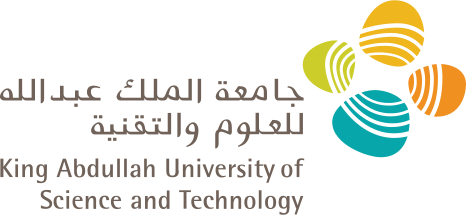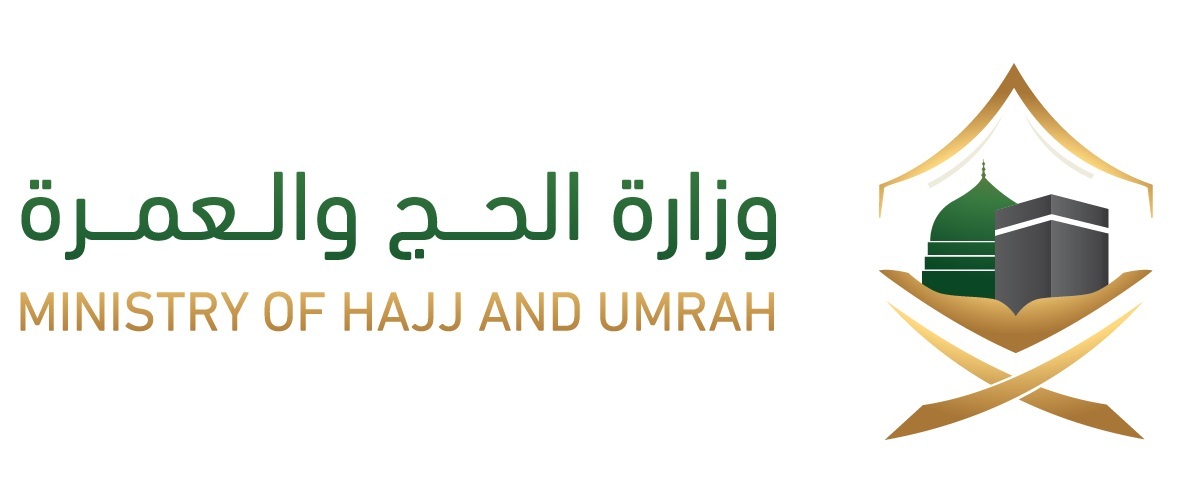Smart Mobility Challenge
- Home
- Smart Mobility Challenge
Background
Challenge Theme
Smart Mobility Challenge: Barrier-free Accessible Mobility
The elderly population needs to benefit from the current revolution in smart mobility. Population aging is an increasing phenomenon due to declining fertility rates and rising life expectancy. The World Health Organization (WHO) predicts that 1 in 6 people in the world will be aged 60 years or over by 2030. A large percentage of this population also suffers from disabilities. People with disabilities represent the world’s largest minority and the only minority group that any of us can become a member of at any time. WHO estimates that 1.1 billion people (14.1% of the world’s population) suffer from some form of disability. Moreover, Globally, approximately one in three of all adults suffer from multiple chronic conditions.
Mobility gives access to key aspects of life such as work, healthcare, education, shopping and entertainment. People with disabilities and elderly persons face several mobility barriers in their daily life. Inclusive mobility aims at facilitating mobility of frail seniors and people with disabilities such as people with mobility impairment, visually impaired individuals, hearing-impaired individuals, cognitively impaired and people with intellectual disability and for people with chronic diseases.
Challenge Statement
Several accessible mobility solutions are developed to facilitate the mobility of physically challenged individuals and seniors. These solutions include, but are not limited to, ergonomics and mobility aids, motability Scheme, exoskeletons, soft exosuits, autonomous wheelchairs, voice-enabled navigation apps, vision and speech aids, tracking devices, healthcare transportation and accessibility maps, to name just a few.
The technical components of inclusive mobility systems should be explicitly conceived and designed following a user-driven approach instead of traditionally used technology-push and problem-focused approaches. Without a user-driven approach, there is a danger that ill-conceived mobility technologies will, at best, be irrelevant or inappropriate and, at worst, will reinforce some of the negative ageist assumptions that frame much of society’s response to aging and/or disability.
This accessible mobility challenge focuses on how we might use user-centric technologies to achieve accessible mobility for people with disabilities and seniors. The user-centric solutions should focus on showing how these aids and assistive technologies can make the mobility of physically challenged individuals and seniors more accessible, inclusive, equitable, and efficient.
In order to cover a wide spectrum of barriers, this pitch-off challenge has the following four tracks with a common design thinking question: “How might we use user-centric technologies to achieve barrier-free mobility?”.
Track 1: Elderly People
How might user-centric mobility technology help elderly people?
Track 2: People with Disabilities
How might user-centric mobility technology help people with disabilities (people with mobility impairment, visually impaired individuals, hearing-impaired individuals, cognitively impaired and people with intellectual disability)?
Track 3: People with Chronic Diseases
How might user-centric mobility technology help people with chronic diseases?
Special Track 4: Hajj and Umrah
Performing Hajj can be quite challenging for elderly pilgrims (including parents with children) and pilgrims with movement disabilities. Given the fact that Hajj is physically demanding in the presence of a large crowd at the same place and at the same time, how might we use smart mobility technology (people centric-technology, micro mobility technology, and last-mile delivery technology) to facilitate Umrah and Hajj for pilgrims for elderly pilgrims and pilgrims with movement disabilities.
Important Dates
Eligibility Criteria and Registration
- The competition is open to all people interested in smart and inclusive mobility, whether from academic (High School students, University students, Graduates, and Post Graduates) or industrial background.
- Entries will be accepted from teams (at least 2 team members).
- Each team can submit only one entry.
- The official language for the competition and submissions is English.
- Participation in the competition is free of charge.
Scoring Criteria
The submissions will be evaluated equally by expert judges based on four criteria: Originality, User-Centricity, Execution, and Usefulness.
- Originality: Is the solution entirely novel or provides a fresh approach to the targeted challenge?
- User-Centricity: Is the solution usable by physically challenged individuals and/or seniors? Does the solution have practical benefits for the targeted users in their everyday lives?
- Execution: Is the solution practical and feasible? If the solution involves the use of an advanced technology, will it be implementable and usable in a realistic time frame?
- Usability: Is the solution something that mobility service providers would implement, use, and benefit from to accommodate the needs of people with disabilities and/or seniors?
Each criterion will be evaluated based on a rating scale of 0-10, with 0 being the lowest possible score and 10 being the highest. For example, in the Originality criterion, a score of 0 means the solution is entirely unoriginal and is in use today; while a score of 10 means the solution is entirely novel and has not been used.
The highest scoring solutions will make it to the final round on March 20, 2023, where the participants will have the opportunity to present live in front of the judges for 20 minutes. In addition to the above-mentioned criteria, the finalists will be also judged on Presentation during the live event. The total score will be calculated using the following weighted average formula:
Total_Score=0.2*orginality_Score + 0.25*User_centricity_Score + 0.15*Execution_Score +0.15*Usability_Score + 0.25*Presentation_Score
General Instructions
- Participants can use design thinking, solution drafting, and business planning to answer the main question of the selected track.
- Participants should consider innovative user-driven solutions that can ensure accessible, inclusive, and equitable mobility conditions. Your proposal should explain how your solution empowers the targeted users in the selected track. The proposal should also identify the used/proposed technologies and mechanisms, and clearly explain the different components and specifications that your solution would comprise.
- In case of planning end-user interviews/research sessions with targeted users, these sessions should be carried out in informal and non-threatening settings and should be subject to the established ethical guidelines and procedures in your country. Procedures for informing prospective users and gaining consent should be indicated as part of the submitted proposal in this case.
- Finalists will pitch their proposed solutions to a panel of expert judges during the conference on March 20, 2023.
We will be looking forward to receiving your submissions, Kindly promote the IEEE (SM’23) to interested individuals and communities in your vicinity.
Best regards, and looking forward to seeing you at the IEEE (SM’23) in March!
Challenge Organizers
Main Organizers


Strategic Partners


Smart Mobility Challenge Sponsor

Subscribe Newsletter
Hurry Up!
To Register
Register With Us as soon as possible













